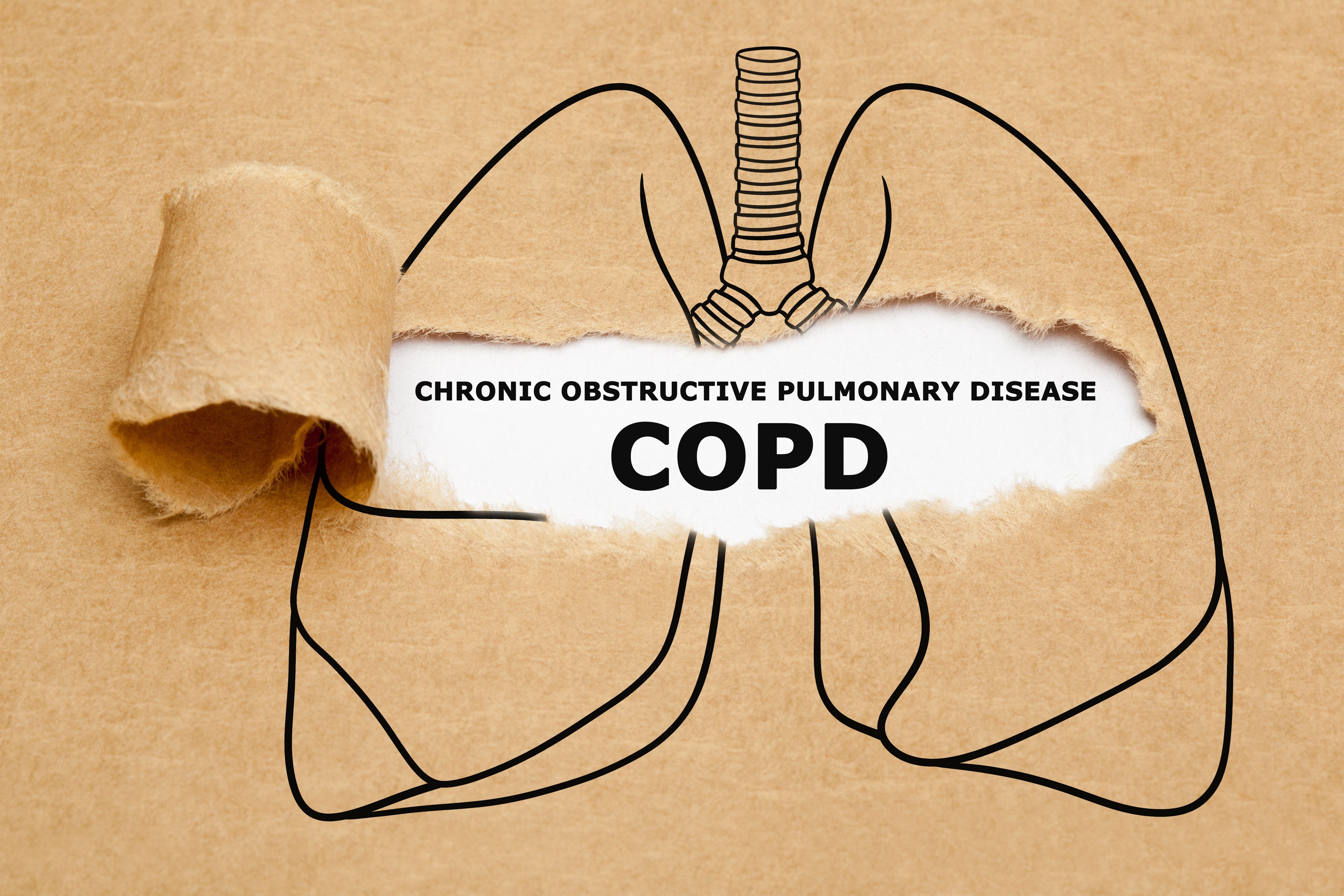- Center on Health Equity & Access
- Clinical
- Health Care Cost
- Health Care Delivery
- Insurance
- Policy
- Technology
- Value-Based Care
Top 5 Most-Read COPD Content of 2023
This year’s most-read articles on chronic obstructive pulmonary disease (COPD) explored a variety of topics concerning patients with COPD, including long-acting inhaler adherence and their risk of falling.
The top 5 most-read chronic obstructive pulmonary disease (COPD) articles on AJMC.com this year included recent findings on the impact of vitamin D concentrations, sedentary behavior, and mucus plugs on patients with COPD.
Here are the 5 most-viewed COPD pieces of 2023.
COPD
Image credit: Ivelin Radkov - stock.adobe.com

5. Higher Vitamin D Concentrations Linked to Improved COPD Survival
This article published in July summarized a study that associated patients with COPD and higher concentrations of vitamin D, specifically serum 25-hydroxyvitamin D (25(OH)D), to have an improved survival risk. The researchers conducted the study using patients within the UK Biobank with serum 25(OH)D measurements and free of COPD at baseline. They concluded that vitamin D plays a role in COPD progression as COPD survival increased with higher 25(OH)D concentrations, the lowest risk of COPD incidence being in participants with concentrations at 55 nmol/L.
4. Sedentary Behavior in Patients With COPD Detected Using Novel Questionnaire
The Shortness of Breath in Daily Activities Questionnaire (SOBDA-Q) has the potential to accurately identify patients with COPD who are sedentary, according to a study summarized in this article from July. The researchers explained that sedentary behavior is more prevalent in patients with COPD and can be a predictor of their mortality, but identifying this symptom is difficult as patients often underreport their symptoms. Consequently, they created a new questionnaire better suited to spot this behavior. Through this, the researchers determined that the SOBDA-Q significantly correlates with patients’ physical activity level, and the combination of dietary- and outdoor activity-related shortness of breath can accurately identify patients with sedentary COPD.
3. Mucus Plugs Linked With COPD Mortality
This article published in June explained that this study’s participants with COPD who had mucus plugs that blocked medium to large airways had higher all-cause mortality compared with those without mucus plugging. The researchers noted that airway mucus plugs are prevalent in those with COPD, but the association between them and mortality was not known; because of this, they conducted a study in an attempt to find an association. The researchers found the mortality rates to be 34.0%, 46.7%, and 54.1% in patients who had mucus plugs in 0, 1 to 2, and 3 or more lung segments, respectively.
2. Patients With COPD, Severe Pain at an Increased Risk of Falling
Patients with COPD and severe pain are at an increased predicted probability of falling, according to study findings shared in this article from July. The researchers explained that frailty is common in patients with COPD, making them 4 times more likely to fall; they noted that pain is also prevalent in patients with COPD. Because of this, they conducted a study to predict the probability of falling among older adults with COPD and their healthy peers, investigating the impact of pain severity on fall incidents and the association between pain and fall severity. Overall, the researchers found the predicted probabilities of falling for patients with COPD to be greater across all pain categories than for healthy controls.
1. Many Patients With COPD Found to Have Poor Adherence to Long-Acting Inhalers
Despite being a recommended treatment by the Global Initiative for COPD, this article published in July shared that a study found most patients with COPD to have poor adherence to long-acting inhalers. The researchers noted that education level, disease duration, and inhaler type may affect adherence in patients with COPD. More specifically, they found that those with poor inhaler adherence generally had a longer course of the disease, which caused them to have lower treatment expectations due to repeated inhaler use; this resulted in them being reluctant or refusing to take prescribed medication.
